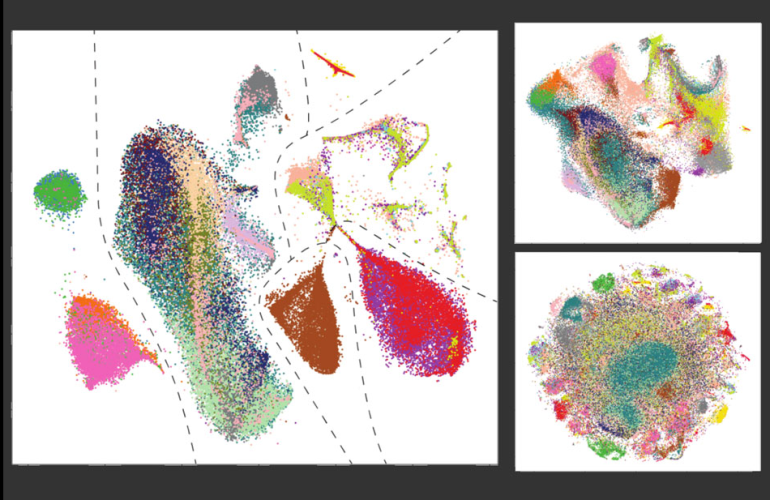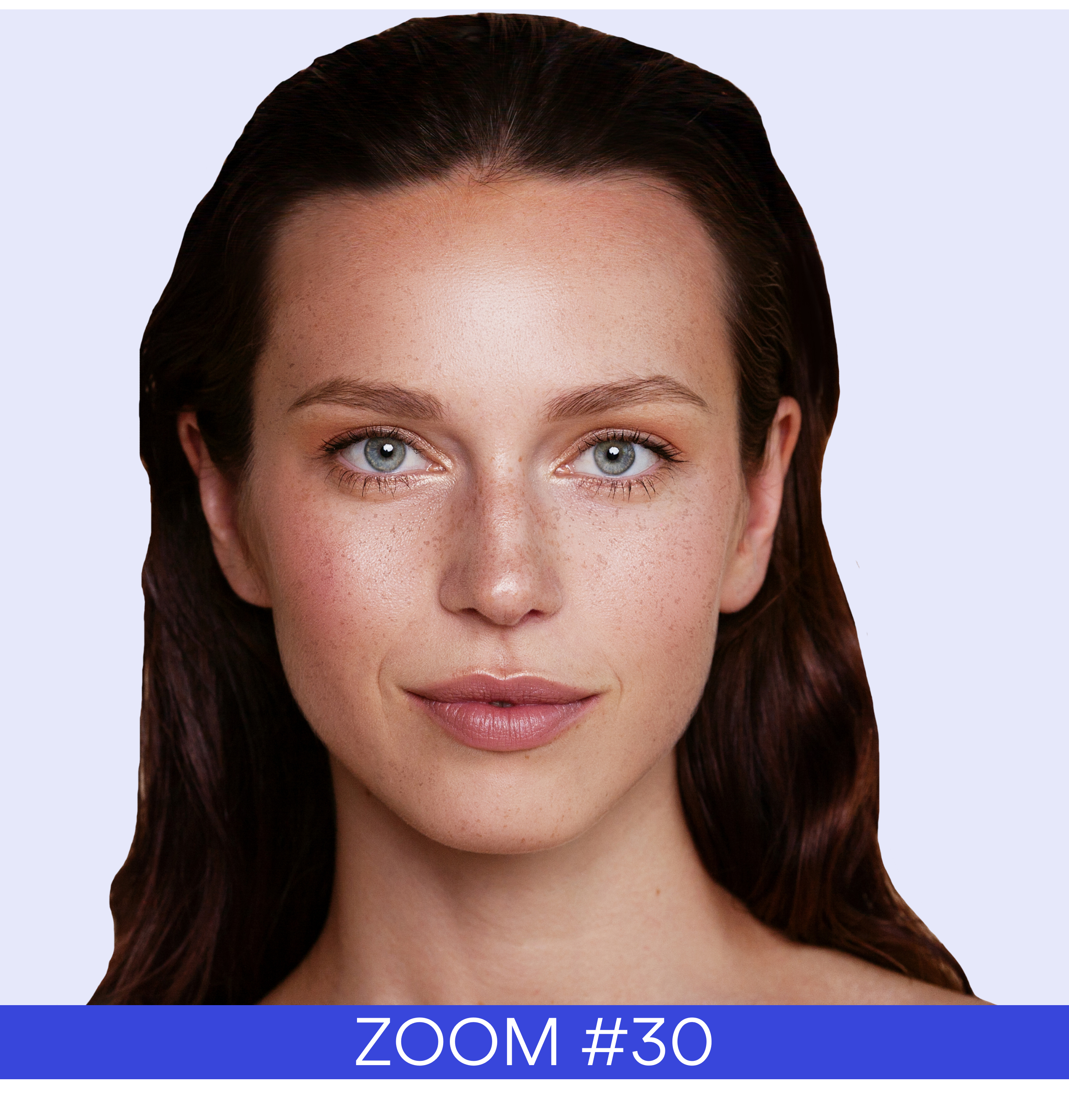Algorithm stitches multiple datasets into a single “panorama,” which could provide new insights for medical and biological studies.
A new algorithm developed by MIT researchers takes cues from panoramic photography to merge massive, diverse cell datasets into a single source that can be used for medical and biological studies.
Single-cell datasets profile the gene expressions of human cells — such as a neurons, muscles, and immune cells — to gain insight into human health and treating disease. Datasets are produced by a range of labs and technologies, and contain extremely diverse cell types. Combining these datasets into a single data pool could open up new research possibilities, but that’s difficult to do effectively and efficiently.
Traditional methods tend to cluster cells together based on nonbiological patterns — such as by lab or technologies used — or accidentally merge dissimilar cells that appear the same. Methods that correct these mistakes don’t scale well to large datasets, and require all merged datasets share at least one common cell type.
In a paper published today in Nature Biotechnology, the MIT researchers describe an algorithm that can efficiently merge more than 20 datasets of vastly differing cell types into a larger “panorama.” The algorithm, called “Scanorama,” automatically finds and stitches together shared cell types between two datasets — like combining overlapping pixels in images to generate a panoramic photo.









 Follow us on Linkedin!
Follow us on Linkedin!